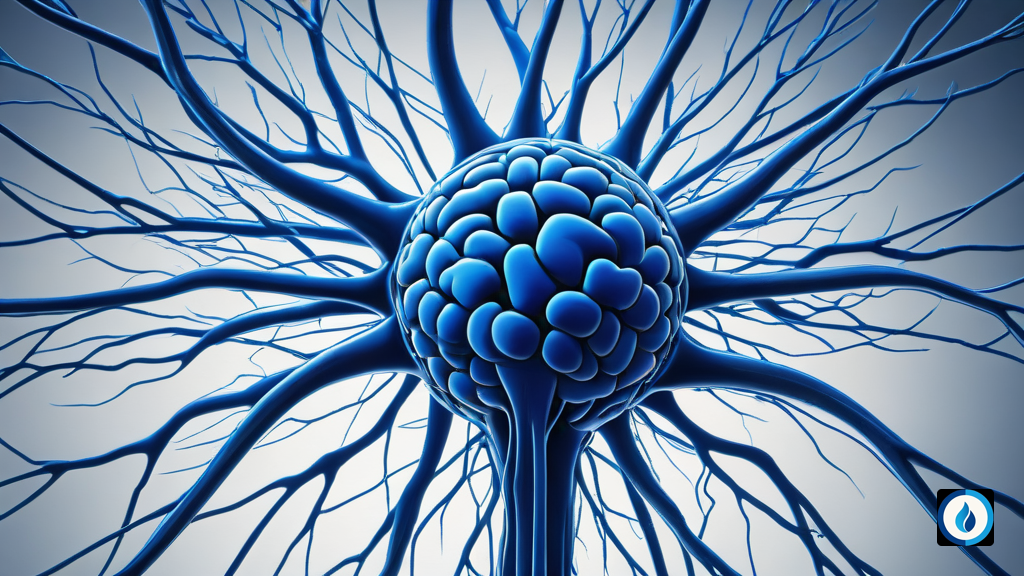Revelation of neural complexity
A study led by the Neurogenesis and Cortical Expansion laboratory, in collaboration with the Institute of Neurosciences (IN-CSIC-UMH), has shed light on the creation of neurons in the brain.
It has been discovered that it is not a linear process as previously thought, but that at least three different processes of neuron creation occur in parallel at the same time and in the same areas of the brain during development.
The complexity of neuronal birth
It was previously believed that stem cells generate neurons in a single pathway. However, this study published in ‘Science Advances’ reveals that there are multiple routes for the generation of neurons, all active simultaneously.
According to researcher Víctor Borrell, all of these routes, although diverse, culminate in neurons with similar characteristics in the stage of development studied.
Implications in the formation of the cerebral cortex
Researchers have observed that the presence of these alternative routes is related to the folding of the cerebral cortex.
Lucía del Valle Antón, lead author of the study, highlights that these routes operate in different quantities in different parts of the cortex, thus contributing to the development of cerebral gyri and sulci.
Comparative study in different species
To better understand this phenomenon, the researchers studied the formation of neurons in the brains of ferrets, mice and humans.
Through observation and analysis, it was determined that, although the three neuronal lineages are present in all species, their prevalence varies.
The role of genetics in brain development
This study has allowed a detailed analysis of the genes expressed during the development of the cerebral gyri and sulci.
Researchers have observed that newly formed neurons in the gyri express genes crucial for the formation of the human cerebral cortex.
This suggests that genetic mutations affecting these genes may be responsible for specific brain malformations, such as lack of gyri in the human brain.
Future perspectives and international collaboration
This study has been possible thanks to the collaboration of researchers from international institutions, which highlights the importance of scientific cooperation in understanding the brain.
More research will be needed to determine whether the presence of these multiple neural pathways is an evolutionary or species-specific characteristic.
